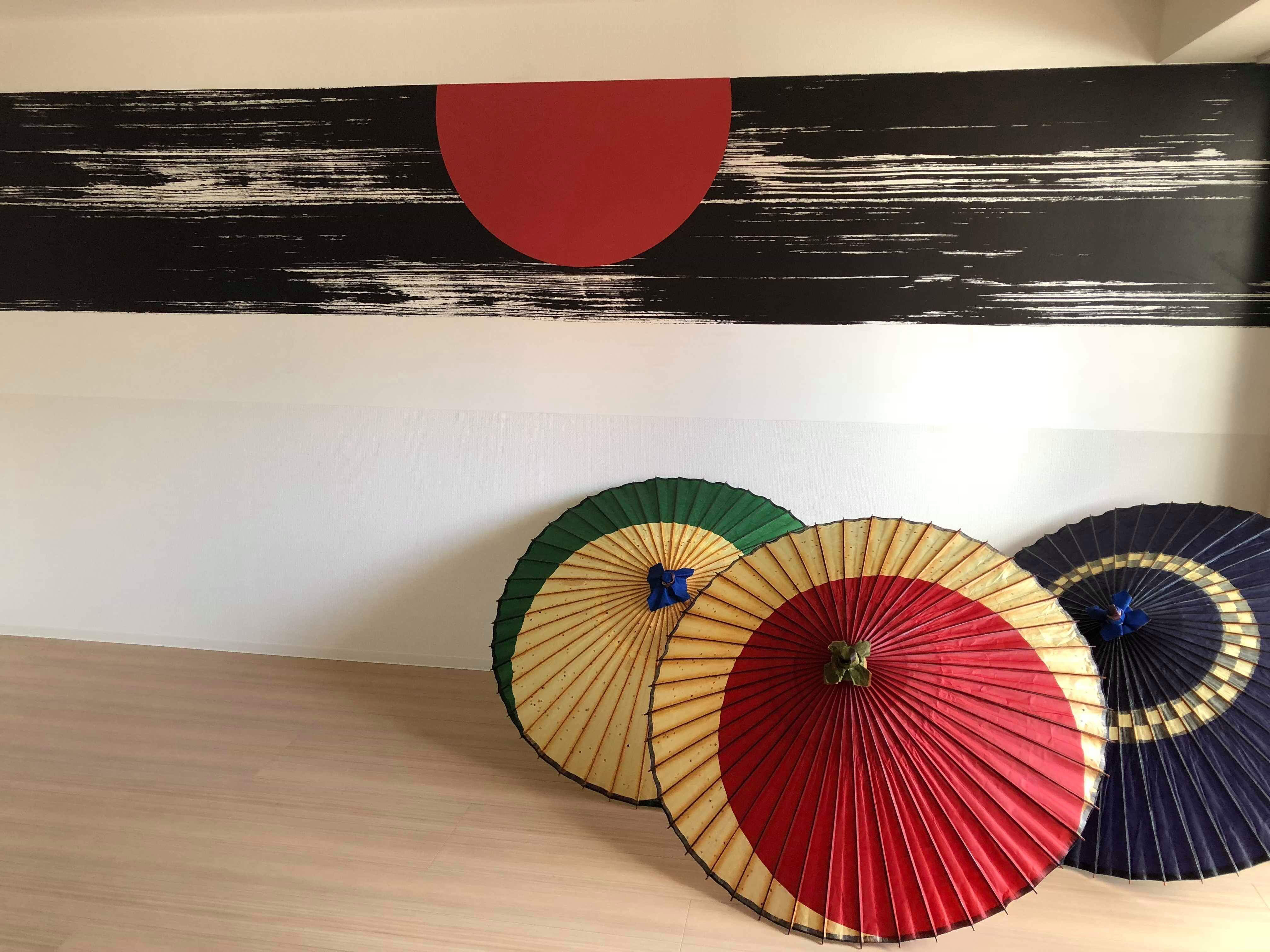お客様の声

Types of knives explained for beginners
Navigating the world of types of knives can feel overwhelming for home cooks and aspiring chefs. Each kitchen knife serves a unique purpose. Understanding the right types of knives helps you slice, dice, and chop with confidence.
Selecting the perfect knife isn't about owning many tools. Choose knives that match your cooking style and skill level. The right knife can dramatically improve your kitchen performance.
Professional chefs and home cooks know that quality knives are investments in culinary excellence. This guide will walk you through essential knife categories. You'll learn their specific roles and benefits.
Preparing a simple weeknight dinner or exploring complex recipes becomes easier with the right knife. Knowing which knife to use makes cooking smoother, safer, and more enjoyable. Get ready to sharpen your knowledge and slice through culinary challenges with ease.
Understanding Kitchen Knife Basics and Their Purpose
Kitchen knives are more than simple cutting tools. Different types of knives serve unique purposes in food preparation. Each design is carefully crafted to maximize efficiency and precision.
The blade is the heart of any knife. Its shape directly impacts cutting techniques. A curved blade allows for smooth rocking motions, perfect for chopping herbs.
A straight blade excels at precise push-cuts. A chef's knife typically features a broader blade. This enables versatile cutting across various ingredients.
Understanding blade materials becomes crucial when exploring types of knives. Stainless steel offers durability and rust resistance. This makes it ideal for home cooks.
Professional chefs might prefer carbon steel for its exceptional sharpness. Carbon steel also provides excellent edge retention. A utility knife bridges the gap between larger and smaller blades.
Knife weight and balance significantly impact user comfort. A well-balanced knife reduces hand fatigue and provides better control. Beginners should find a knife that feels comfortable and suits their cooking style.
Safety remains paramount when handling kitchen knives. Sharp knives are safer than dull ones. They require less force and provide more predictable cutting action.
Types of Knives Every Home Cook Should Own
Building a functional kitchen knife collection doesn't require dozens of specialized tools. Three key knives can handle nearly 90% of home cooking tasks. These essentials work perfectly for both novice and experienced cooks.
Understanding the unique strengths of each knife will help you create culinary magic in your kitchen.
The Essential Chef's Knife
A high-quality chef's knife serves as the workhorse of any kitchen. This versatile tool typically ranges from 8 to 10 inches long. It tackles everything from chopping vegetables to slicing meats with remarkable precision.
Professional chefs consider the chef's knife their most important kitchen companion. It handles most cutting tasks with ease.
Versatile Santoku Knife for Precision Cutting
Originating in Japan, the santoku knife has gained popularity among home cooks. Its exceptional versatility comes from a shorter, wider blade compared to traditional chef's knives. The santoku knife excels at precise vegetable and protein preparation.
Its unique design allows for thin, uniform slices. These slices elevate both presentation and cooking technique.
Small but Mighty Paring Knife
Despite its compact size, a paring knife is a powerhouse for detailed kitchen work. It's perfect for peeling fruits, deveining shrimp, or creating intricate garnishes. This small knife provides the control and precision that larger knives cannot.
Investing in a quality paring knife can transform your food preparation skills.
Specialized Knives for Specific Kitchen Tasks
Professional chefs know that different kitchen tasks need different cutting tools. Basic knives work well for everyday cooking needs. However, specialized knives can transform food preparation from ordinary to exceptional.
These precision instruments tackle specific ingredients with surgical accuracy. Some home cooks hesitate to invest in multiple knife types. Yet the right knife dramatically improves your cooking efficiency and ingredient presentation.
Boning Knife for Meat Preparation
A boning knife features a thin, sharp blade perfect for separating meat from bones. Its narrow, rigid design lets cooks navigate around joints easily. Butchers and home chefs alike rely on this specialized knife for precise meat trimming.
Fillet Knife for Fish and Delicate Proteins
The fillet knife takes precision to another level. Its ultra-thin, flexible blade glides effortlessly through fish. It removes skin and delicate flesh without tearing.
Seafood enthusiasts appreciate how a quality fillet knife transforms complex fish preparation. It turns a difficult task into a smooth, enjoyable process.
Serrated Bread Knife for Crusty Loaves
A serrated bread knife is indispensable for bread and pastries. Its saw-like edge cuts through crusty exteriors without crushing soft interiors. This knife ensures clean, even cuts every time.
Heavy-Duty Cutting Tools for Tough Jobs
Professional kitchens and serious home cooks know the value of specialized cutting tools for challenging tasks. A cleaver is the ultimate powerhouse knife for breaking down large meat cuts. It also crushes garlic and chops through dense vegetables with remarkable precision.
The carving knife is another critical heavy-duty tool for precise meat preparation. Its long, narrow blade lets cooks slice roasts, turkey, and ham with professional-grade thin cuts. Restaurants and home chefs rely on carving knives to present beautifully carved meats during special meals.
These robust cutting instruments go beyond standard kitchen knives. A quality cleaver can easily split chicken bones and dice tough root vegetables. Professional chefs consider these knives essential for efficient, powerful kitchen work. https://mojedomowe.pl
Consider blade material, handle comfort, and specific cooking needs when selecting heavy-duty cutting tools. Stainless steel blades provide durability, while ergonomic handles reduce hand fatigue during extensive cutting tasks. Investing in these specialized knives transforms kitchen preparation from challenging to seamless.
Choosing the Right Knife for Your Cooking Style
Selecting the perfect types of knives isn't just about buying expensive tools. It's about understanding your cooking needs and finding the right match. Professional chefs and home cooks know a well-chosen knife transforms food preparation.
Consider your typical cooking routine when exploring types of knives. Do you prepare elaborate meals with complex techniques? Or do you prefer simple, quick recipes?
A serious home cook might invest in a quality chef's knife and paring knife. Someone who rarely cooks might need just one versatile option. Budget matters, but one excellent knife can replace multiple mediocre tools.
Your cooking style should guide your knife selection. Asian cuisine enthusiasts might prioritize a sharp santoku knife. Baking lovers might need a reliable bread knife.
Test different knives in your hand. Check for comfort, weight, and balance. Quality matters more than quantity when building your kitchen knife collection.
Professional kitchenware stores often let customers handle different knife models. Take advantage of these opportunities to find your perfect knife. Invest in quality, maintain properly, and they'll become trusted allies for years. https://domexa.pl
































